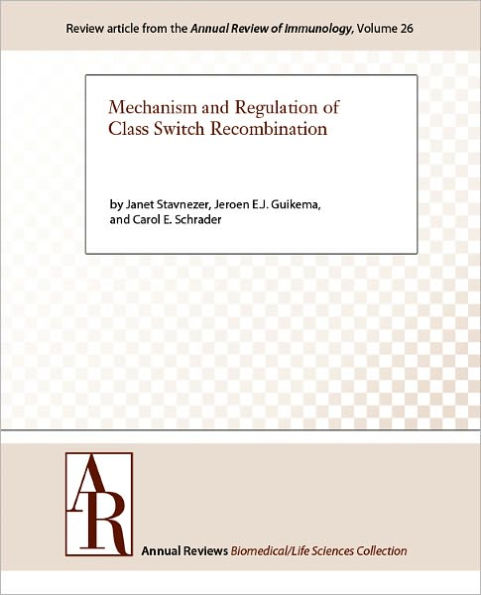Antibody class switching occurs in mature B cells in response to antigen stimulation and costimulatory signals. It occurs by a unique type of intrachromosomal deletional recombination within special G-rich tandem repeated DNA sequences [called switch, or S, regions located upstream of each of the heavy chain constant (CH) region genes, except Cδ]. The recombination is initiated by the B cell–specific activation-induced cytidine deaminase (AID), which deaminates cytosines in both the donor and acceptor S regions. AID activity converts several dC bases to dU bases in each S region, and the dU bases are then excised by the uracil DNA glycosylase UNG; the resulting abasic sites are nicked by apurinic/apyrimidinic endonuclease (APE). AID attacks both strands of transcriptionally active S regions, but how transcription promotes AID targeting is not entirely clear. Mismatch repair proteins are then involved in converting the resulting single-strand DNA breaks to double-strand breaks with DNA ends appropriate for end-joining recombination. Proteins required for the subsequent S-S recombination include DNA-PK, ATM, Mre11-Rad50-Nbs1, γH2AX, 53BP1, Mdc1, and XRCC4-ligase IV. These proteins are important for faithful joining of S regions, and in their absence aberrant recombination and chromosomal translocations involving S regions occur.



